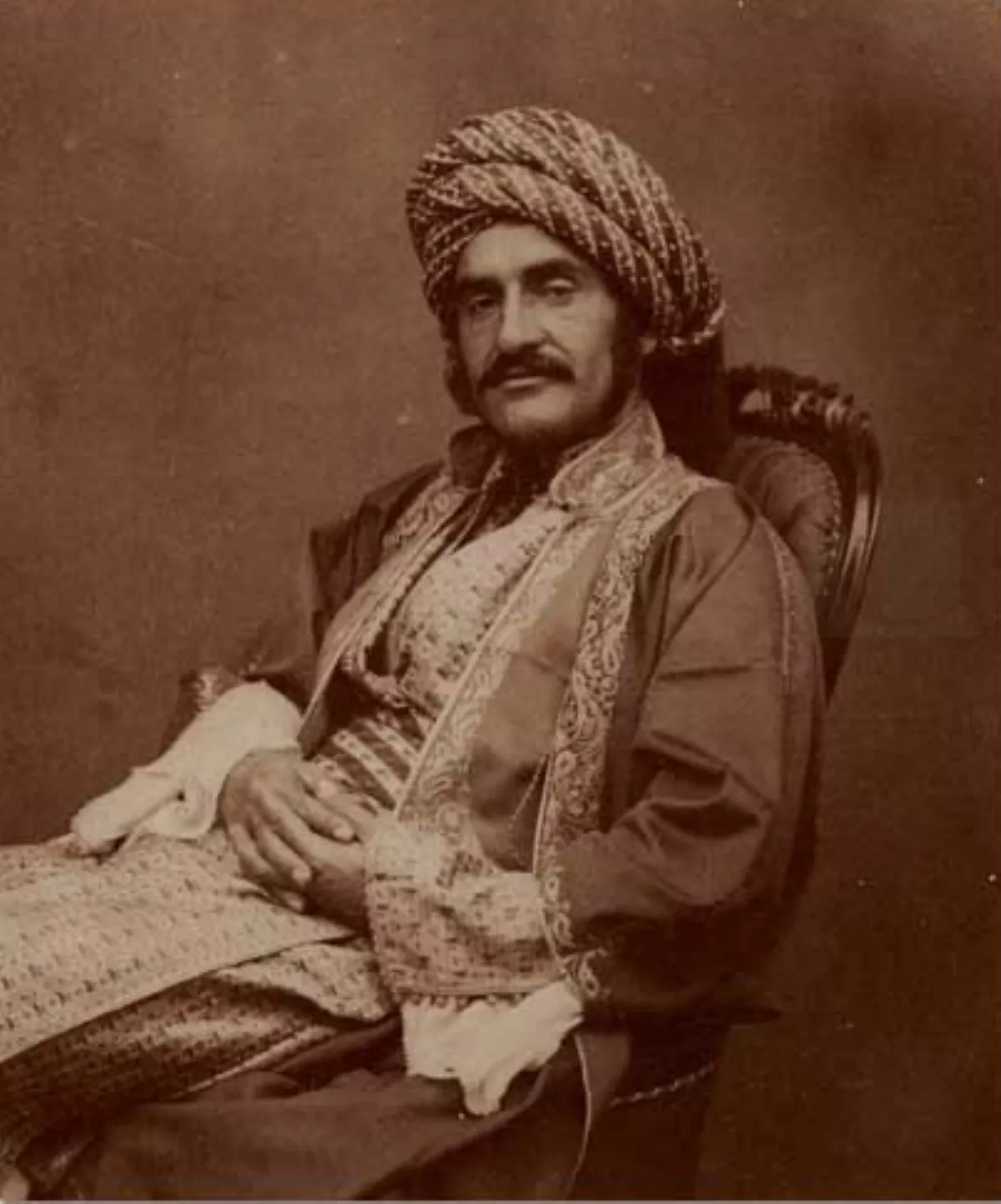 1.
1. Hormuzd Rassam is known for making a number of important archaeological discoveries from 1877 to 1882, including the clay tablets that contained the Epic of Gilgamesh, the world's oldest notable literature.

 1.
1. Hormuzd Rassam is known for making a number of important archaeological discoveries from 1877 to 1882, including the clay tablets that contained the Epic of Gilgamesh, the world's oldest notable literature.
Hormuzd Rassam is widely believed to be the first-known Middle Eastern and Assyrian archaeologist from the Ottoman empire.
Hormuzd Rassam emigrated to the United Kingdom, where he was naturalized as a British citizen, settling in Brighton.
Hormuzd Rassam represented the government as a diplomat, helping to free British diplomats from captivity in Ethiopia.
Hormuzd Rassam was an ethnic Assyrian, born in Mosul in Upper Mesopotamia, then part of the Ottoman Empire.
Hormuzd Rassam's father was a member of the Chaldean Catholic Church where his grandfather, Anton Rassam, from Mosul, was the church's archdeacon.
Hormuzd Rassam's mother Theresa was a daughter of Isaak Halabee of Aleppo, then within the Ottoman Empire.
At the age of 20 in 1846, Hormuzd Rassam was hired by British archaeologist Austen Henry Layard as a paymaster at Nimrud, a nearby ancient Assyrian excavation site.
Layard, who was in Mosul on his first expedition, was impressed by the hardworking Hormuzd Rassam and took him under his wing; they would remain friends for life.
Hormuzd Rassam studied there for 18 months before accompanying Layard on his second expedition to Iraq.
Hormuzd Rassam continued field work at Nimrud and Nineveh, where he made a number of important and independent discoveries.
Hormuzd Rassam's reputation was damaged in newspaper accounts because he was unfairly portrayed as ineffectual in dealing with the emperor.
However, Hormuzd Rassam did have supporters, both in the press and especially in government amongst both Liberal and Tory ministers.
Hormuzd Rassam resumed his archaeological work, but did undertake other tasks for the British government in later years.
From 1877 to 1882, while undertaking four expeditions on behalf of the British Museum, Hormuzd Rassam made some important discoveries.
Hormuzd Rassam identified the famous Hanging Gardens of Babylon with the mound known as Babil.
Hormuzd Rassam excavated a palace of Nebuchadnezzar II at Borsippa.
In March 1879 at the site of the Esagila in Babylon, Hormuzd Rassam found the Cyrus Cylinder, the famous declaration of Cyrus the Great that was issued in 539 BCE to commemorate the Achaemenid Empire's conquest of Babylonia.
At Abu Habba in 1881, Hormuzd Rassam discovered the temple of the sun at Sippar.
Hormuzd Rassam wrote about Assyro-Babylonian exploration, the ancient Christian peoples of the Near East, and current religious controversies in England.
Hormuzd Rassam was elected as a fellow of the Royal Geographical Society, the Society of Biblical Archaeology, and the Victoria Institute.
Hormuzd Rassam had been British Consul in Baghdad at the time of Rassam's original excavations at Nineveh, and had been placed in charge of the British excavations in 1853.
Hormuzd Rassam, he wrote, was just a "digger" who had overseen the work.
Hormuzd Rassam believed that the credit for some of his other discoveries had been taken by senior British Museum staff.
In 1893 Rassam had sued the British Museum keeper E A Wallis Budge in the British courts for both slander and libel.
Budge had written that Hormuzd Rassam had used "his relatives" to smuggle antiquities out of Nineveh and had only sent "rubbish" to the British Museum.
Hormuzd Rassam's eldest daughter, Theresa Rassam, born in 1871, became a professional singer who performed with the D'Oyly Carte Opera Company.
Hormuzd Rassam had a daughter, Annie Ferida Rassam, born in 1878.
Hormuzd Rassam gave birth secretly at seven months of pregnancy, on September 10,1914, to Jeanne Ferida Rassam at the Vercingetorix clinic, 219 rue Vercingetorix, in the 14th arrondissement at Paris.
Annie Ferida Hormuzd Rassam returned to Brighton a few months later.
Hormuzd Rassam died on September 8,1910, and was buried in Hove Cemetery.